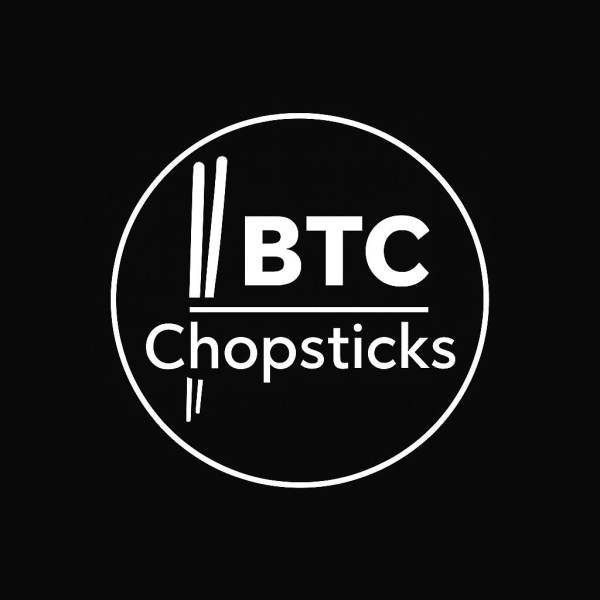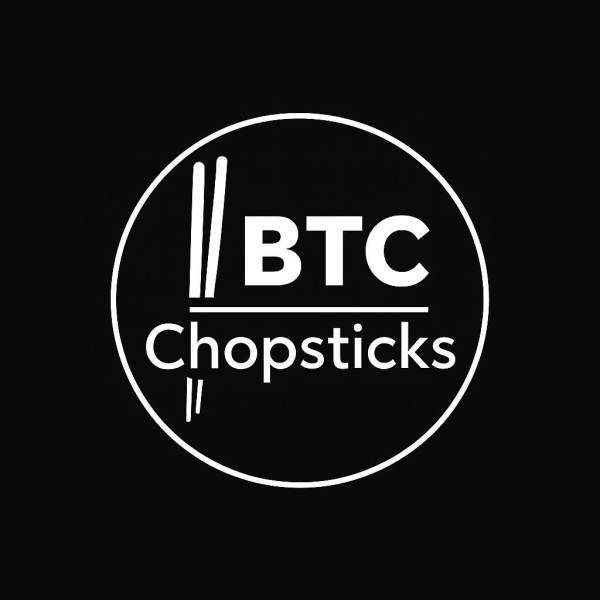Why Prediction Markets Need Yield to Compete with Traditional Hedging Tools
- Prediction markets struggle to compete with traditional hedging tools due to structural limitations like zero-sum dynamics and fragmented liquidity. - Ethereum's DeFi innovations (e.g., liquid staking tokens, AMMs) offer solutions by enabling yield generation alongside speculative bets. - The ETHY.U ETF demonstrates hybrid models combining yield and speculation, achieving 10.08% returns while maintaining price exposure. - Integrating yield mechanisms could attract institutional capital, transforming pred
Prediction markets have long been touted as a revolutionary tool for aggregating information and forecasting outcomes. Yet, despite their potential, these markets remain niche, struggling to compete with traditional hedging instruments like futures, options, and structured products. The root cause lies in their structural limitations: fragmented liquidity, slippage, and the absence of yield generation. To unlock their true potential, prediction markets must evolve beyond speculative gambling and integrate yield mechanisms—particularly those powered by Ethereum's DeFi innovations.
Structural Limitations: A Zero-Sum Dilemma
Prediction markets today face a critical flaw: they force users into a zero-sum trade-off. Investors must choose between locking capital in low-risk, yield-generating assets (e.g., stablecoin staking) or engaging in speculative bets with no guaranteed returns. This dichotomy undermines their utility for risk-averse participants, who seek tools to hedge against uncertainty rather than gamble on outcomes.
The problem is compounded by technical inefficiencies. Platforms like Polymarket segment continuous variables (e.g., Bitcoin prices) into discrete buckets, creating liquidity fragmentation. Large trades in one bucket distort probabilities without adjusting adjacent ones, leading to incoherent pricing. Meanwhile, the favorite-longshot bias—where low-probability bets underperform—further erodes trust. Regulatory gaps exacerbate these issues, allowing platforms to operate in a gray space between gambling and investment, with little oversight to protect retail users.
Ethereum's Yield Revolution: A Path Forward
Ethereum's DeFi ecosystem offers a blueprint for solving these challenges. By 2025, Ethereum staking had surpassed 28% of the network's total supply, with over 35.5 million ETH locked in liquid staking protocols like Lido Finance and Rocket Pool. These platforms issue liquid tokens (e.g., stETH, rETH) that allow users to earn yield while retaining liquidity—a feature absent in traditional prediction markets.
Structured products like the Purpose Ether Yield ETF (ETHY.U) demonstrate how yield and speculation can coexist. ETHY.U combines Ethereum staking with derivatives to generate a trailing 12-month yield of 10.08%, offering consistent payouts while maintaining exposure to price appreciation. This dual-purpose model aligns with the needs of institutional investors and family offices, who demand both risk mitigation and return generation.
Integrating Yield into Prediction Markets
To compete with traditional hedging tools, prediction markets must adopt yield mechanisms that reward participation. Here's how Ethereum's innovations can bridge the gap:
- Liquid Staking Tokens (LSTs): Platforms could allow users to stake ETH via LSTs while participating in prediction markets. This would enable traders to earn yield on their collateral while speculating on outcomes, reducing the opportunity cost of capital.
- Structured Derivatives: Integrating yield-generating derivatives (e.g., perpetual swaps, options) into prediction markets could create hybrid instruments. For example, a trader could bet on Bitcoin's price range while simultaneously earning yield on their staked ETH.
- Automated Market Makers (AMMs): AMMs could provide liquidity for prediction market contracts, ensuring deeper pools and reducing slippage. Ethereum's CLMSR (Continuous-Outcome LMSR) mechanism, currently in beta, aims to unify discrete price buckets into a single probability curve, addressing fragmentation.
Case Study: ETHY.U and the Future of Hybrid Instruments
The ETHY.U ETF exemplifies the potential of yield-integrated prediction markets. By allocating 99.6% of assets to derivatives and structured instruments, it achieves a low correlation (0.15) with the S&P 500, offering diversification in volatile markets. If prediction markets adopted similar strategies—combining yield generation with event-based betting—they could attract institutional capital and reduce reliance on retail speculation.
Investment Advice: Where to Allocate Capital
For investors seeking exposure to this evolving space, consider the following strategies:
1. Stake ETH via Lido or Rocket Pool: Generate yield while retaining liquidity for prediction market participation.
2. Invest in Structured Products: ETFs like ETHY.U offer a proven model for combining yield and speculation.
3. Monitor CLMSR Beta Launches: Platforms implementing CLMSR could redefine liquidity in prediction markets, attracting institutional adoption.
Conclusion: The Road to Mainstream Adoption
Prediction markets are at a crossroads. Without yield generation, they will remain marginalized, perceived as gambling tools rather than legitimate hedging instruments. Ethereum's DeFi innovations provide a clear path forward: by integrating staking, structured derivatives, and AMMs, prediction markets can offer the dual benefits of risk management and return generation. For investors, the key is to position capital in platforms that bridge this gap—transforming speculation into a strategic, yield-enhancing asset class.
As the line between gambling and investing blurs, the winners will be those who embrace innovation. The future of prediction markets lies not in their current form, but in their ability to evolve—and Ethereum is leading the charge.
Disclaimer: The content of this article solely reflects the author's opinion and does not represent the platform in any capacity. This article is not intended to serve as a reference for making investment decisions.
You may also like

In this bull market, even those who stand still will be eliminated: only "capital rotation" can survive the entire cycle.

Summary of the 7 deadly mistakes in the crypto market: 99% of traders keep repeating them

This Week's Preview: BTC Falls Below 94,000, AI "Judgment Day" and Macro "Settlement Day" Both Looming
Bitcoin and Ethereum prices have declined as the market adopts a risk-off approach ahead of the upcoming Nvidia earnings report and the release of the Federal Reserve minutes. Nvidia's earnings will influence the AI narrative and capital flows, while the Fed minutes may reinforce a hawkish stance. Summary generated by Mars AI. The accuracy and completeness of this summary are still being iteratively improved by the Mars AI model.
